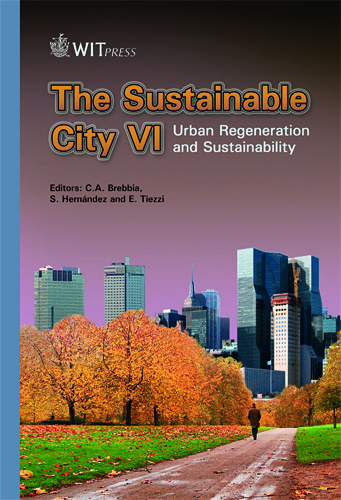Urban Filaments: From Passageways Of Leisure-oriented Space To Emergent Urban Form
Price
Free (open access)
Transaction
Volume
129
Pages
12
Page Range
263 - 274
Published
2010
Size
1,267 kb
Paper DOI
10.2495/SC100231
Copyright
WIT Press
Author(s)
A. Furman
Abstract
In the contemporary urban condition there exist pedestrian systems that are not defined as sidewalks or streets – these are the urban filaments that weave themselves into the existing flow structures in historic and more recent urban forms. This paper will trace the challenges facing pedestrian spaces/urban filaments in the modernist experiment with urban form from a European and North American urban context – particularly in the urban cores of the city. Historically urban filaments emerged alongside historical and social changes, spurred on by the growing congestion of major traffic corridors, and responding to the opportunity to provide ameliorative social/cultural space between the existing patterning of public/private space. Innovation in technology and science propelled the form and helped to develop the language of urban filaments along until the automobile challenged the logic of the historic fabric; a largely pedestrian outlook of travel within the built fabric was replaced with a competing vision of the street. This is a tactical position for the city, it needs to continuously absorb and even rediscover various coping mechanisms to counteract the squeeze on pedestrian streetscapes. As a result, there are various qualities and kinds of public/private spaces that are arguably urban filaments, some emerging with other types enduring since before the Renaissance. Keywords: pedestrianism, walking, modernity, pathways, public realm. 1 Nolli’s wisdom Giovanni-Battista Nolli’s enduring genius to urban planners and designers, lies in his ability to understand how people in his time related to their surroundings. The Nolli maps (figure 1) as they are often referred, have stimulated interest in www.witpress.com, ISSN 1743-3541 (on-line)
Keywords
pedestrianism, walking, modernity, pathways, public realm





